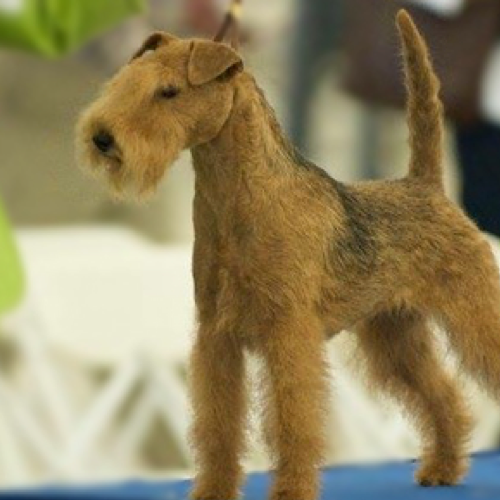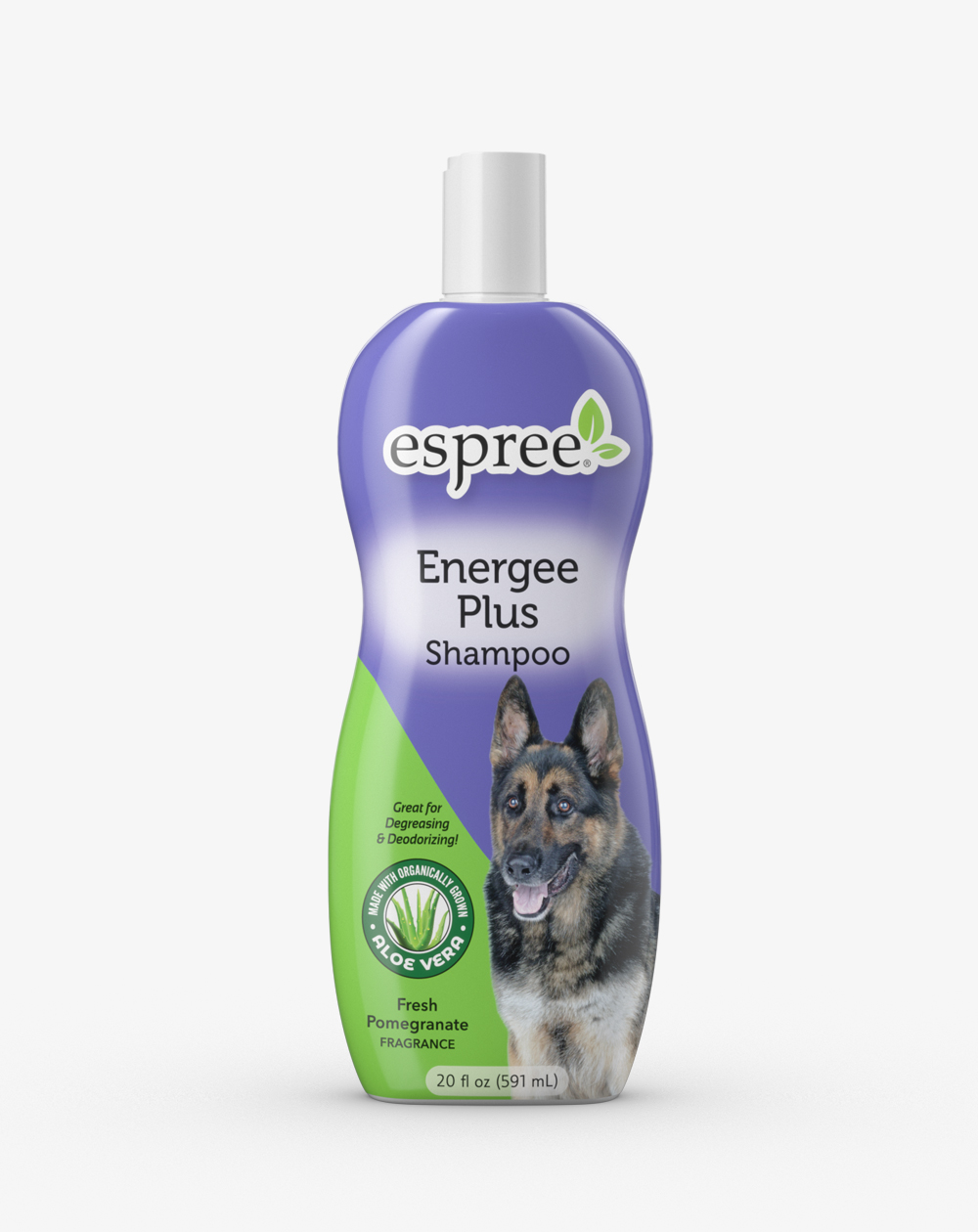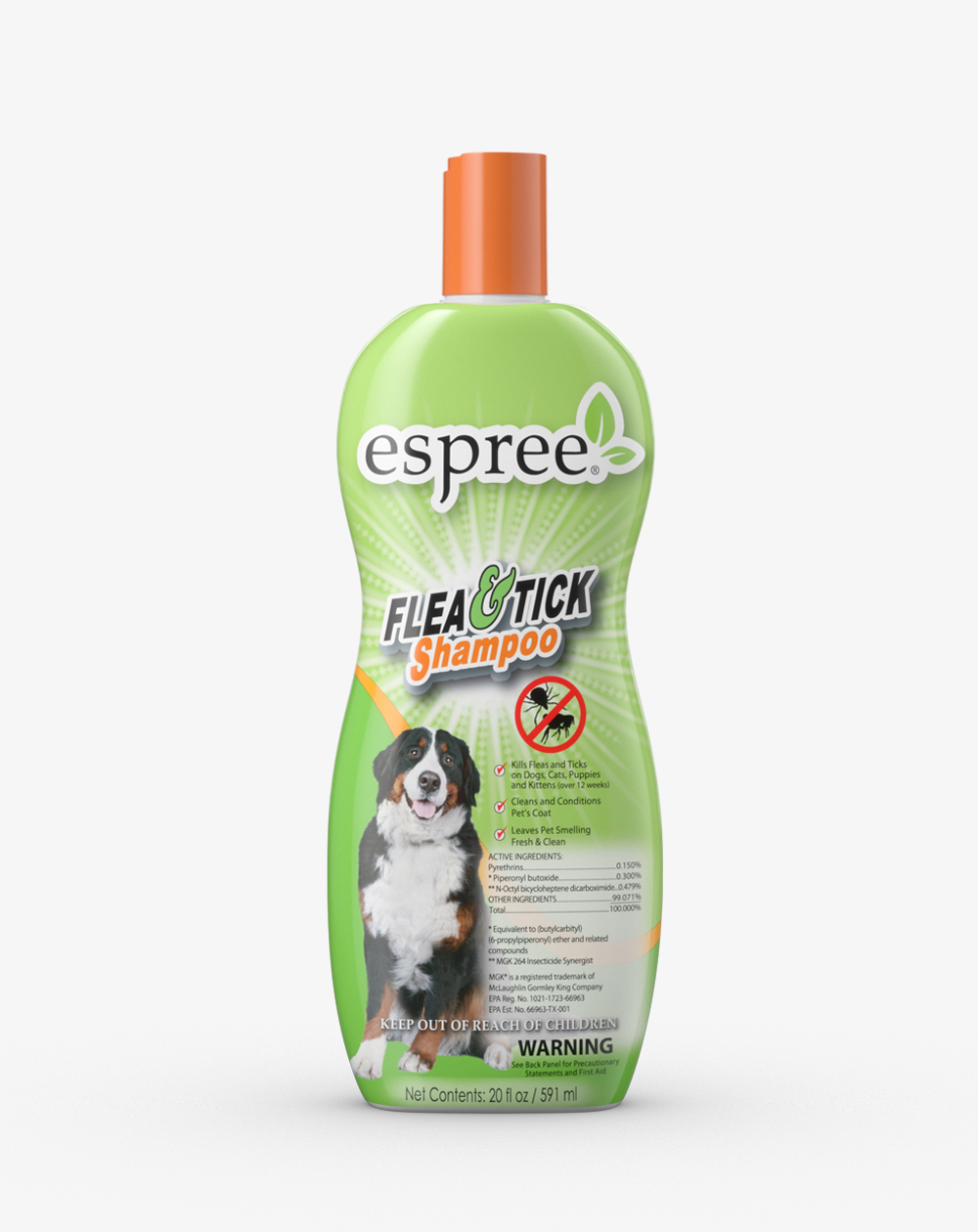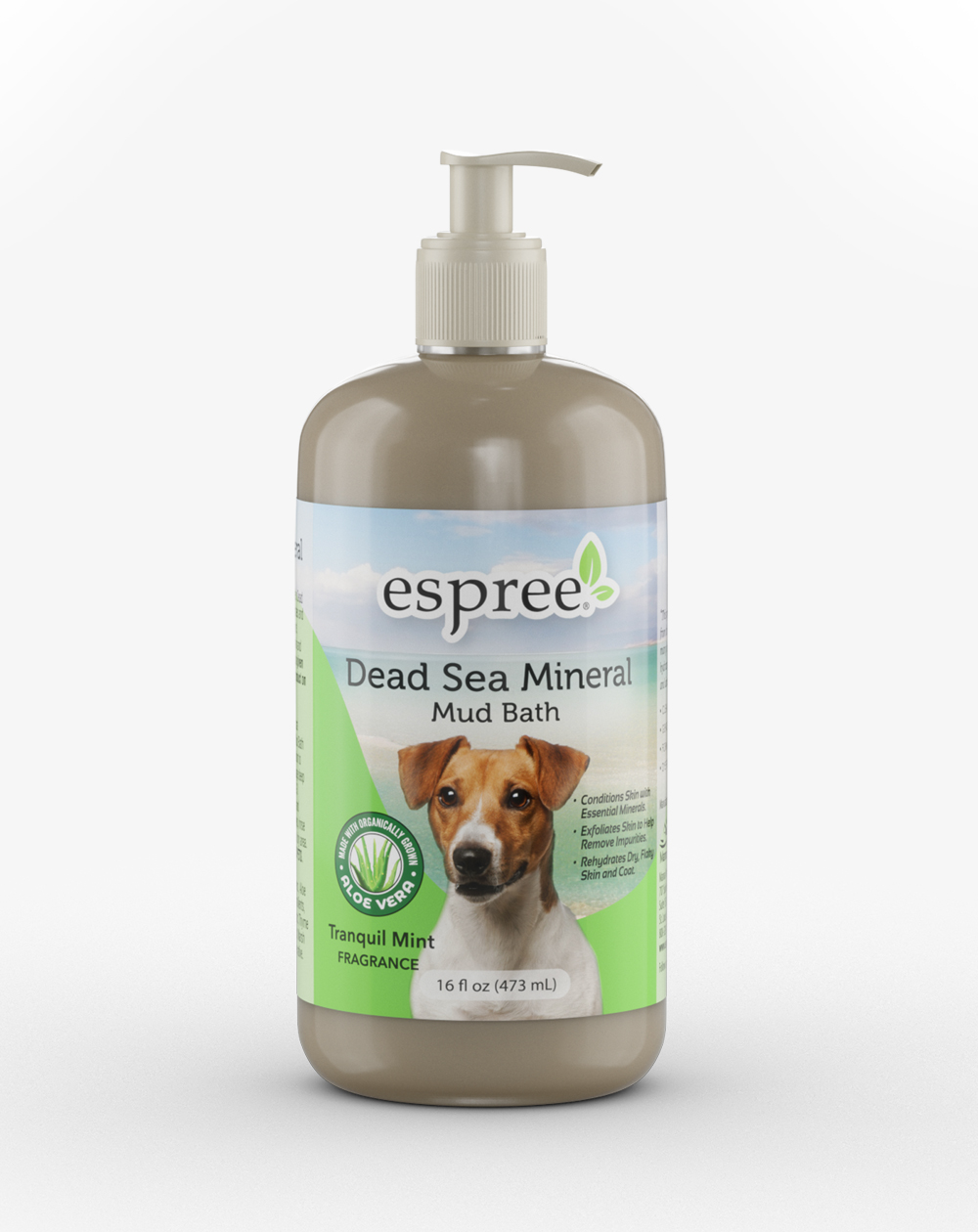
Lakeland Terrier
The Lakeland Terrier has a dense, wiry coat with longer hair on the legs and muzzle, often giving him a distinct beard. Small, sturdy and workmanlike, the breed's narrow frame allows him to squeeze into rocky dens to chase after vermin. While generally a show dog or family companion today, Lakelands can also be found utilizing their instincts at Earthdog events or digging in the backyard. The breed comes in a variety of colors including blue, black, liver, red and wheaten with or without a patch of color over the back and shoulders called a "saddle".
Breed Profile
While he is well suited for a variety of living situations including rural and urban settings, the Lakeland's energy level makes him well suited for an active lifestyle. They are easy to train when their instincts are properly channeled but be careful not to let the dog do the training. Lakelands capable of formulating a solution to any problem, whether it be to train his people to work around his schedule or stalk the neighborhood squirrels.
Grooming
The Lakeland Terrier has a hard, wiry coat which serves as a protective barrier to enable the dog to do the job for which he was bred. Regular stripping strengthens the quality and texture of the coat, which, in turn, further improves the utilitarian purpose of the dog. Whether your Lakie is hand stripped and on a proper coat rotation or in a pet trim wielding the artful use of clippers and scissors, all coated breeds benefit from regular grooming rather than allowing them to regress to a state of scraggly disarray. If the Lakie is hand stripped, it is done before the furnishings are bathed then touched up afterward. The outer layer of coat is hand stripped, while the undercoat is systematically raked to reach optimal results. If you are artfully clippering the Lakie, brush and comb the coat to remove dead coat and stimulate surface circulation to encourage new, fresh coat growth. Frequent brushing and rubbing the jacket down with a towel to remove dirt and excessive oils makes regular bathing of the Lakeland Terrier unnecessary. This does not mean that the routine maintenance can be overlooked. Weekly brushing for 20-30 minutes and a rubdown with a towel each week is necessary. The leg furnishings and facial furnishings should be bathed monthly depending on the Lakeland’s lifestyle.
Finishing the Dog: Tools and Finish Grooming
This spirited, enthusiastic terrier should be groomed on a regular schedule. The Lakeland Terrier has a harsh, double coat with a wiry topcoat and a soft, dense undercoat. In order to keep the harsh texture and vibrant color, the topcoat is maintained by hand stripping and rolling the coat weekly. It is necessary for a dog to be hand stripped to enter the show ring. It is a difficult dog to properly groom since most of the work is done by hand. A pet trim follows the same pattern and outline, but the coat is clipped rather than hand stripped. The wiry texture will eventually disappear, but if the dog is carded with appropriate carding tools and a stone, the color should not fade as much. This is the easiest way to maintain a great looking dog without the time commitment and expense of hand stripping the coat.
General Health Care
Prep work is the foundation of all grooming. Prep work includes ear cleaning, nail trimming, trimming the pads, and proper dental hygiene. Mastering these skills sets the professional stylist apart from the rest. Prep work should be done before every grooming and bathing appointment. All dogs need to have their ears checked and cleaned. Some need to have the hair pulled from the ear canal. This allows the ear to have proper air circulation, which helps prevent bacteria and moisture in the ear canal. It is not necessary to remove all of the hair in the ear, as some serves as a barrier to foreign debris. It is imperative that you are properly trained to pull ear hair before attempting this endeavor. Proper nail care is important. Long, unsightly nails present potential health issues as well as make it more difficult to trim a neat and tidy foot. Trimming the pads of the foot helps give a pet good traction on different surfaces and can minimize the amount of dirt the dog tracks into the house. It also affords the opportunity to treat and condition the paws from cracks and abrasions. Good dental hygiene is the essential for a healthy pet, too.
Nutritional Care
In order to maintain healthy skin and coat as well as overall health, it is important to provide good nutrition to your dog through diet, vitamins, and healthy treats.
Do they require a lot of grooming?
Lakeland’s do require routine grooming. If the dog is hand stripped, keeping the dog in proper coat rotation is extremely time consuming as well as expensive. If you have chosen to keep your Lakeland in a clipped trim, plan on spending 20 – 30 minutes per week for brushing to keep the undercoat at bay and to remove dead coat.
What is a common problem in Lakeland Terriers?
Lakeland Terriers are hardy little dogs with relatively minimal health problems.
Does the Lakeland Terrier shed or cause allergies?
Lakelands are considered a non-shedding breed since the coat does not drop out without provocation. The coat is either stripped or clipped. If it is clipped, the coat becomes soft with loose curls rather than falling out, hence the shedding is minimal. This is a suitable breed for someone who cannot handle the dander as long as routine maintenance is done. However, before bringing a Lakeland Terrier into your home if you have allergies, you should spend some time around the breed to make sure you do not have a reaction.
Are Lakeland Terriers good with children?
Lakelands do well with children who are respectful. When properly socialized, they will tolerate light tugging, as well as investigation of beards, ears, and toes. However, they will stick up for themselves if the child or anyone becomes too rough or abusive in nature to the dog.
What if I have a show dog?
Whether you have a show dog or a companion quality dog, similar care is given in regard to socialization, nutrition, and hygiene. The difference is the method of grooming and the conditioning of the dog in order to get it ready to debut in the show ring. The Lakeland Terrier is one of the most difficult dogs to groom since most of the work is done by hand. The grooming and presentation of the Lakeland Terrier affords the stylist a great since of accomplishment and satisfaction for its achievement as it is not easily attained. It is always quite helpful if your breeder can help mentor you to lead you in the right direction upon entering the wonderful world of showing dogs. A great place to start is with the US Lakeland Terrier Club, www.usltc.org.




